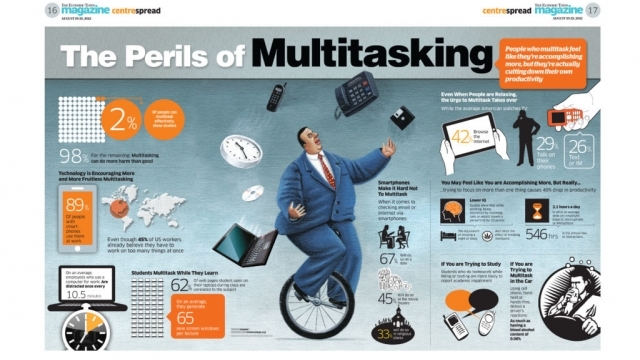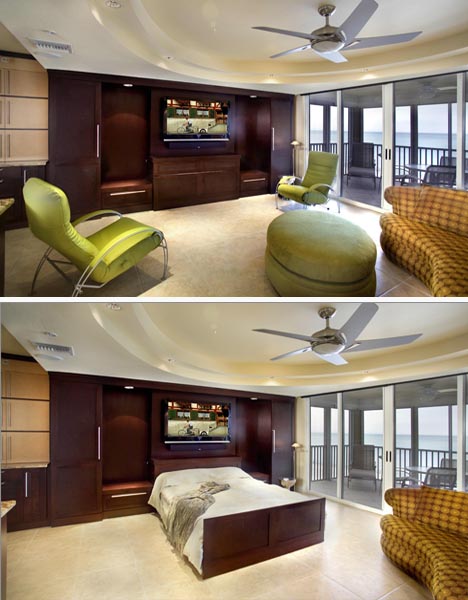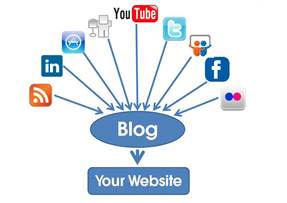by: Kim Jimenez
So, you are in the healthcare and hospitality business. Your attention is on a well-maintained property, proper nutrition plans, quality activities and a staff that can meet the needs of your residents. Running a top notch operation is your focus and for the most part that is how it should be. But one area you may not be paying enough attention to is your technology. Do not neglect the security of your technology. Computers are no doubt used throughout your community for any number of tasks and because the industry is becoming more and more digital, communities are at risk of being hacked.
 The cost of cyber crimes can be measured in dollars but there are also costs that cannot be measured. The cost of time, reputation and trust are issues that affect any company that has been hacked. A report by McAfee estimates the cost of cyber crimes cost the U.S. economy as much as $100 billion each year. But that does not measure the cost of losing customers, damaged reputation and the effect on people whose information may have been compromised.
The cost of cyber crimes can be measured in dollars but there are also costs that cannot be measured. The cost of time, reputation and trust are issues that affect any company that has been hacked. A report by McAfee estimates the cost of cyber crimes cost the U.S. economy as much as $100 billion each year. But that does not measure the cost of losing customers, damaged reputation and the effect on people whose information may have been compromised.
Since you are not a retail establishment processing credit and debit cards all day long, why, you ask, would anyone want to hack YOUR system? Various reasons but they all stem from one common thing: INFORMATION! You have information that criminals can use to commit Insurance fraud, identity theft and scam the elderly. With medical records going digital and much of the medical equipment being serviced remotely with internet, the health care industry is becoming a target. In fact the value of medical records on the black market is reported to be $60 versus the value of credit card info which is $20 according to the Wall Street Journal.
What you may not know is that hackers, scammers and cyber criminals in general have their own network. They share information about what equipment companies are using, internet addresses, and passwords to network firewalls. These hackers dump information on file sharing sites. One site had information from three nursing homes in New York. According to a Wall Street Journal report a document on one of these file sharing sites “included the brand of firewall, the networking switch, the Internet addresses of wireless access points for 11 rooms, precise blueprints of the facility, the locations of PCs and printers, and the encryption keys, usernames and passwords granting access to the network.” Scary stuff!
If you are a large corporate community, no doubt you have an IT department to work with. If you are a small, independent community be sure you are consulting with a reputable security firm. There are steps you can take to protect yourself, but you have to take them. But many have the mindset of “It only happens to someone else” or “it only happens to those big retailers.” Hackers look for anybody whose system is susceptible to hacking, they do not discriminate and they are not picky. So, take some time NOW to review your system’s security, the safety (or vulnerability) of your patient’s medical records and the risks associated with such a breach. The time is now BEFORE you get hacked.
For more information and resources:
Four Ways to Protect your Community Against Hackers – SeniorHousingNews.com
Nursing Homes Are Exposed to Hacker Attacks; Cybersecurity Experts Find Trove of Information on File-Sharing Web Site– Wall Street Journal
The Economic Impact of Cybercrime and Cyber Espionage – McAfee and The Center of Strategic and International Studies












